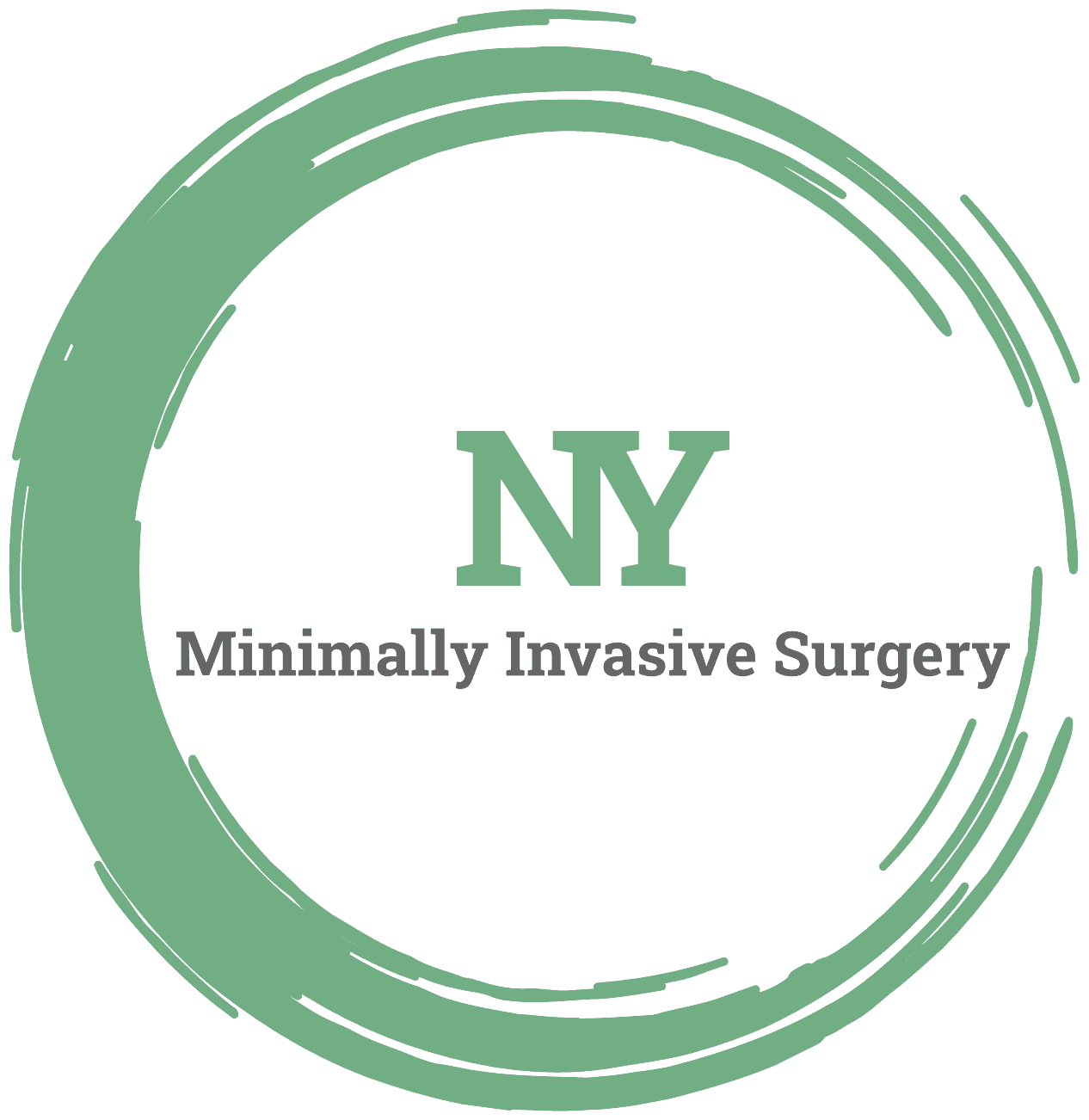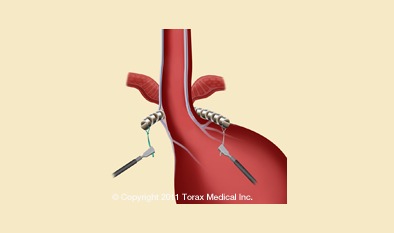LINX for GERD
Laparoscopic Lower Esophageal Sphincter Augmentation – LINX magnets
There’s a new technique to fight GERD, heartburn, or reflux. These symptoms occur because the lower end of the esophagus, the lower esophageal sphincter, is not tight and not creating a high-pressure zone.
In patients without GERD, the esophageal sphincter creates a high-pressure zone so that food and fluid in the stomach doesn’t reflux back into the esophagus. When food refluxes from the stomach, so usually do acid. The reflux gives patients the sensation of burning which occurs behind the sternum- hence, heartburn. Patients also can feel the food reflux up into their chest and sometimes note a sour brash or acrid taste in their mouths. Some patients have a cough or throat pain.
Many people self-medicate for these symptoms, including taking TUMS, Mylanta, and over-the-counter acid reduction meds like Pepcid AC or Prilosec OTC. Other people will see their doctor and get a prescription for an acid-reducing medication like full-strength Prilosec or Nexium. Some patients may also need an upper endoscopy, where a surgeon or a gastroenterologist puts a long tube down the throat that is also a camera, known as an endoscope. This helps look at the inside of the Esophagus, Stomach, and first part of the intestine, the Duodenum, so the procedure is also known as EGD (Esophagogastroduodenoscopy). An EGD helps identify inflammation like esophagitis or gastritis as well as ulcers and hiatal hernia.
There is a naturally occurring hole in our diaphragm called the esophageal hiatus. This hiatus allows the esophagus to pass thru the chest and then into the abdomen. If that hiatus is wider than it should be, the lower esophagus and stomach can move through the diaphragm and into the chest. How much stomach goes into the chest determines the size of the hiatal hernia. But know this, when you have a hiatal hernia, there is no high-pressure zone for your lower esophagus and you will have GERD.
There are several surgical treatments for GERD as well as endoscopic treatments. All treatments involve a fundoplication, meaning that a valve or flap is created to make a high-pressure zone between the stomach and the esophagus. The endoscopic treatments work in patients that don’t have a hiatal hernia. There are times that I will do a hybrid procedure with a gastroenterologist where I fix a hiatal hernia, and the gastroenterologist does the endoscopic fundoplication. Other times, I will do a surgical fundoplication where I fix the hiatal hernia and wrap the stomach around the lower esophagus to create a flap valve. If the wrap goes all the way around the esophagus, then it is considered a Nissen, and if it goes only ¾ of the way, it is a Toupet.
This new technique to augment the lower esophageal sphincter involves magnets. Yes, you read correctly, Magnets! The idea is to create a bracelet on the lower esophagus that sits above the stomach that can open and close with each swallow creating a high-pressure zone. As food or liquids come down the esophagus, the pressure generated by the esophagus as it squeezes the food down opens the magnetic bracelet. As the food passes thru into the stomach, the magnets do what magnets do and attract each other back to recreate the high-pressure zone.
The company that makes the device is called Torax, and the device is called LINX. The magnets are linked together in a way that they can open and close. The device has been tested and approved by the FDA in a rigorous process with over three years of study.
The procedure is safe and the risks include the potential for bleeding and infection as is the case for any fundoplication. The magnets are placed laparoscopically so the incisions are tiny, and the procedure takes about an hour. Patients are discharged the same day, and unlike with fundoplication procedures, they can eat a normal diet immediately. 90% of patients who have had this procedure out to three years have improvement or resolution of their GERD symptoms.

